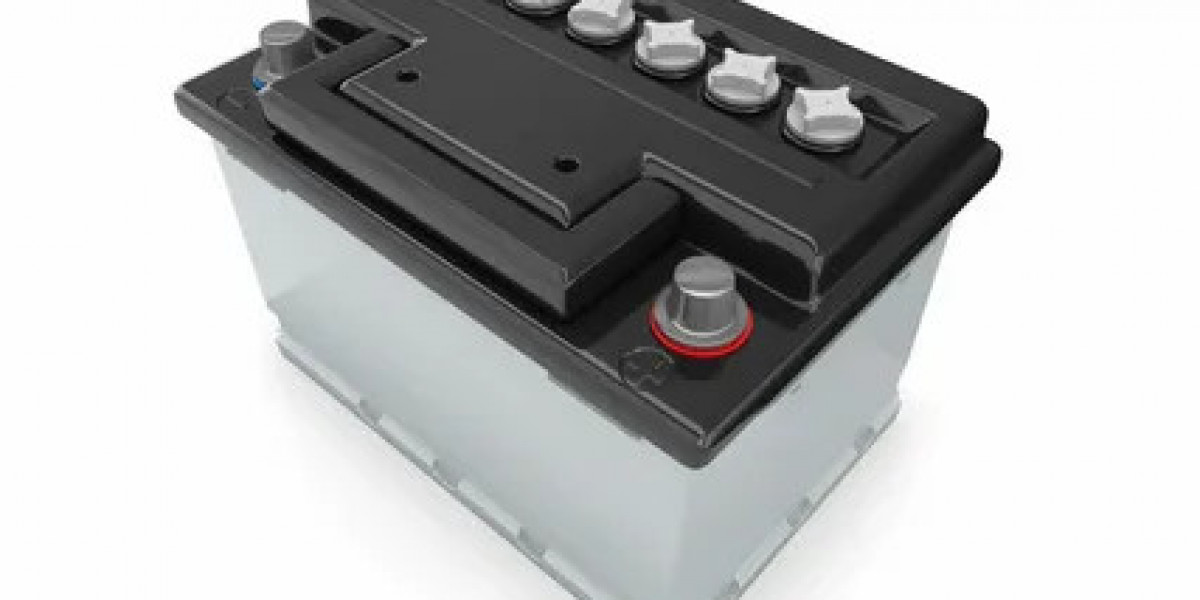What Is a Start-Stop Battery and How Does It Work?
In recent years, the automotive industry has been focusing on developing innovative technologies to improve fuel efficiency and reduce carbon emissions. One such technology that has gained significant attention is the start-stop battery system. This article will delve into the intricacies of start-stop battery technology, its benefits, and its potential drawbacks.
What is a Start-Stop Battery?
Start-stop Battery also known as an enhanced flooded battery (EFB) or absorbent glass mat (AGM) battery, is a type of battery specifically designed to support the frequent engine starts and stops in vehicles equipped with start-stop technology. Unlike traditional lead-acid batteries, start-stop batteries are engineered to handle the increased electrical demands and cycling requirements of start-stop systems.
How Does a Start-Stop Battery Work?
In vehicles with start-stop technology, the engine automatically shuts off when the vehicle comes to a complete stop, such as at traffic lights or in heavy traffic. This helps to reduce fuel consumption and emissions during idling periods. When the driver releases the brake pedal or engages the clutch, the engine instantly restarts, allowing the vehicle to move again.
To facilitate this process, start-stop batteries are designed with advanced features. They have higher charge acceptance rates, which means they can quickly recharge during the brief periods when the engine is running. Additionally, they have improved cyclic stability, enabling them to withstand the frequent discharge and recharge cycles associated with start-stop systems.
Benefits of Start-Stop Battery Technology:
1. Fuel Efficiency and Cost Savings
One of the primary benefits of start-stop battery technology is its ability to improve fuel efficiency. By shutting off the engine during idling periods, the system reduces unnecessary fuel consumption. Studies have shown that start-stop systems can lead to fuel savings of up to 8% in city driving conditions. Over time, these savings can translate into significant cost reductions for vehicle owners.
2. Reduced Emissions
Start-stop battery technology plays a crucial role in reducing carbon emissions. When the engine is not running, it does not produce any exhaust gases, including carbon dioxide (CO2), nitrogen oxides (NOx), and particulate matter (PM). By minimizing idling time, start-stop systems contribute to cleaner air and help combat climate change.
3. Enhanced Durability
Start-stop batteries are designed to withstand the demanding requirements of start-stop systems. They are built with robust materials and advanced engineering techniques to ensure longevity and reliability. The enhanced durability of start-stop batteries means that vehicle owners can expect a longer battery life compared to traditional lead-acid batteries.
4. Seamless Operation
One of the concerns surrounding start-stop technology is the potential impact on driver comfort and convenience. However, modern start-stop systems are designed to provide a seamless experience. The engine restarts instantly and smoothly, without any noticeable delay or vibration. Many vehicles also offer the option to manually disable the start-stop function if desired.
Potential Drawbacks of Start-Stop Battery Technology:
1. Higher Initial Cost
Start-stop batteries are more advanced and sophisticated than traditional lead-acid batteries, which can result in a higher initial cost. The increased price tag may deter some vehicle owners from opting for start-stop technology. However, it is important to consider the long-term fuel savings and environmental benefits that offset the initial investment.
2. Compatibility Issues
Not all vehicles are compatible with start-stop battery technology. Older vehicles or those with certain engine configurations may not be suitable for start-stop systems. It is crucial to consult with a qualified mechanic or refer to the vehicle manufacturer's guidelines to determine if a start-stop battery can be installed in a particular vehicle.
3. Maintenance Requirements
Start-stop batteries may have slightly different maintenance requirements compared to traditional lead-acid batteries. It is essential to follow the manufacturer's recommendations for battery care and replacement intervals. Regular battery health checks and proper charging practices can help ensure optimal performance and longevity.
Start-stop battery technology represents a significant step forward in the quest for more fuel-efficient and environmentally friendly vehicles. By enabling engines to shut off during idling periods, start-stop systems reduce fuel consumption, lower emissions, and provide cost savings for vehicle owners. While there may be some initial costs and compatibility considerations, the benefits of start-stop technology are substantial.
Get more insights on, Start-Stop Battery
Get This Report in Japanese Language: スタート・ストップ・バッテリー
Get This Report in Korean Language: 배터리 시작-정지
Read More Articles Related to this Industry- A new battery system can power the fever detector wearables
About Author:
Ravina Pandya, Content Writer, has a strong foothold in the market research industry. She specializes in writing well-researched articles from different industries, including food and beverages, information and technology, healthcare, chemical and materials, etc. (https://www.linkedin.com/in/ravina-pandya-1a3984191)









